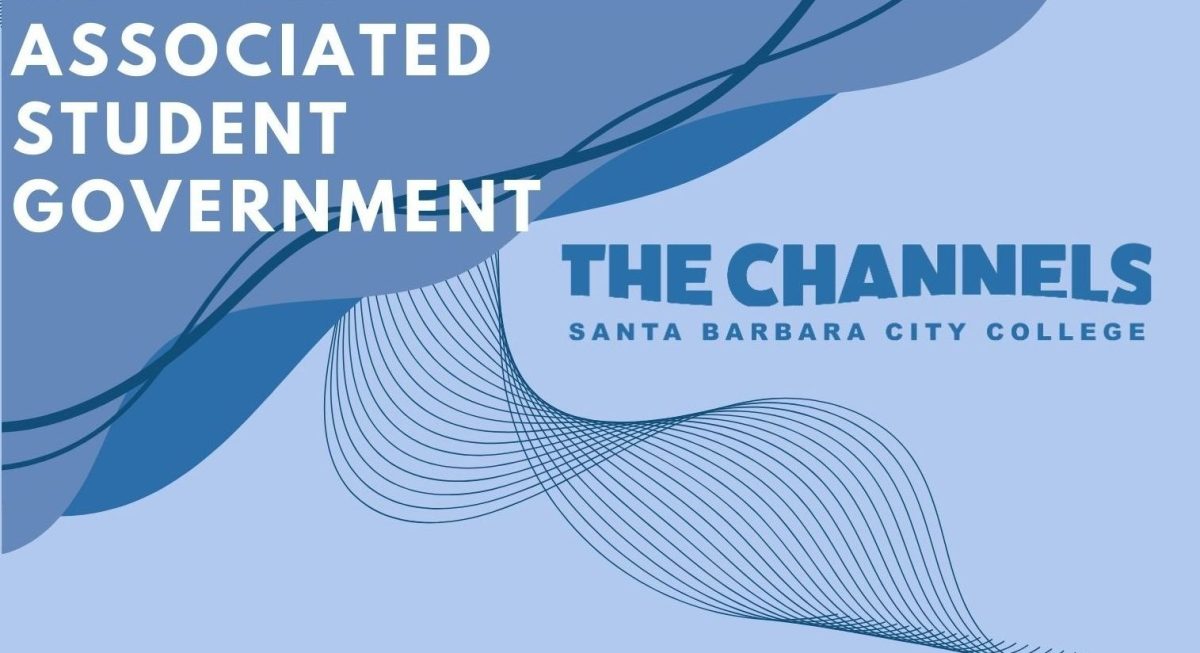The images of an old man lying helplessly in bed and a young German nurse flood the silver screen. Students sit riveted, but this isn’t a Friday night movie downtown; this is a film and television class.
The film and television department began with only ten classes, including film production, according to Michael Stinson, chair of the Film Studies Program at City College.
It has “grown exponentially” despite the meager full-time staff consisting of Stinson, chair of film production Curtis Beiber, and newly hired Nico Maestu.
Film studies has more than 30 classes, with an average of a thousand students each semester, making it one of the most popular classes at City College. The dropout level for film studies and production classes is virtually nonexistent. Who would want to change majors after watching, analyzing, and creating movies as a potential future job?
“These are classes students take because they want to take them, not only because they fulfill an IGETC requirement,” said Stinson, whose salt and pepper hair had a striking resemblance to Richard Gere or George Clooney.
With the upcoming School of Media Arts Building, the film and television department will be more unified than ever.
The SoMA Building will include a theatre much larger than the currently used Fé Bland Forum, seating at least 160 students complete with full-sound stage, TV studio, audio editing room, video recording stage with lighting, a motion picture studio, and of course, classrooms. “This new building will bring all [media arts] under one roof,” said Stinson.
Before this building can even get started, the film and television department have some blueprints of their own for new classes to be offered as early as this fall.
One of which is where film students could actually receive UC transferable units to participate in film festivals such as Sundance, Toronto, and the Santa Barbara International Film Festival. Depending on the length of the festival, students could potentially earn up to three credits for participating.
A travel junkie, Stinson will soon propose another class to the school board entailing a semester-long production class held in Rome and Paris where students learn and create films while learning about that culture.
A second class will entail how to upload and host a video that will become accessible to students on their cell phones. This class is currently being passed through the school board, and will be offered in the fall as well.
These classes are not movies and popcorn all the time. To become a prominent film studies player, a student must be prepared to dedicate free time to writing, producing, and editing these films. There is even some upper division science and math involved in film production.
“In cinematography, you learn a lot about physics. It’s weird to say it, but it helps you learn about how the camera works,” said second year City College student and SoMA intern William Tiki.
According to Tiki, “It’s really easy to fall behind and miss due dates,” he said as he recalled struggling with the concept of time-management at first.
The deadlines are for good reason now that the SoMA film studies and production team has started to post videos on iTunes University. Stinson also commented that students also have been posting their work on everything from YouTube to mobile Web sites.
Students are also encouraged to submit their work to the Santa Barbara International Film Festival 10-10-10 contest, where City College students have consistently made their ways to the finals.
When all is shot and edited, this magnetic field of study is not like any old job. “[Film and television] is the most creative enterprise I could ever imagine doing,” said Stinson with a smile on his face. “It’s not just a job, it’s the love of my life.”







